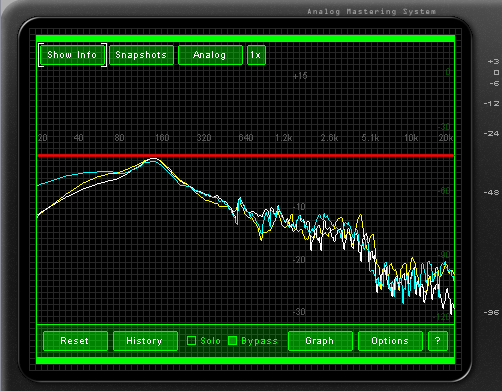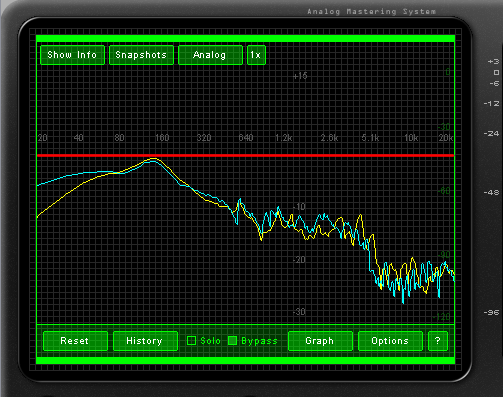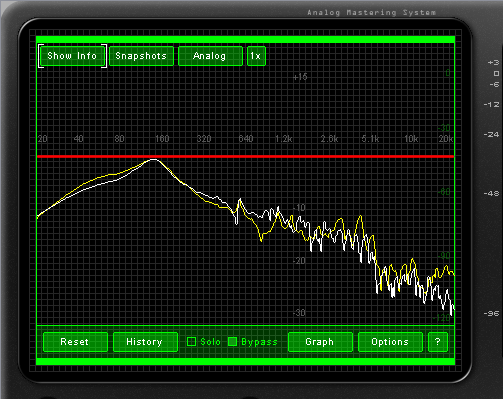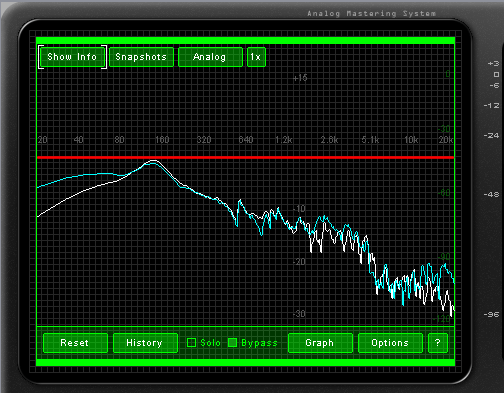… AxeTrak vs Grendel Dead Room part II …

… continuing my comparison of the AxeTrak and the Grendel Dead Room guitar speaker isolation cabinets …
I pumped some white noise into both the AxeTrak and Grendel Dead Room. I captured the profile of the spectrum and have posted some comparison images here.
It should be noted that the microphone placement inside the Grendel Dead Room is entirely subjective. You can put whatever you want in there and mess around with it. I used an off-axis Sure SM57 and a MXL V69G to represent some average mics that people may have and be familiar with. The Dead Room can also come loaded with a large variety of popular speaker choices so you can really customize the sound. Mine has a Veteran 80 in it.
The built in mic of the AxeTrak provides “set and forget” convenience that may appeal to people that just want to get on with the “recording” part and not worry about microphone selection and mic placement issues. It is tiny, portable, and much quieter than the Dead Room. With the bass port in, I could record at 2 AM and not worry about it.

The above picture shows white noise inside the AxeTrak (yellow line) and an off-axis 57 (blue line). You can see the traditional coloration of the 57 as it falls off towards the high end. The AxeTrak has a pretty large bass bump, but falls off in the “rumble zone” after 80 Hz.

The above picture shows white noise inside the AxeTrak (yellow line) and the V69G (white line). Note the fairly linear response of large diaphragm the V69G. It seems to lack the peaks and valleys of both the AxeTrak and the Sure SM57. The AxeTrak seems to have been designed to emulate the response of the 57 (a traditional guitar cabinet microphone) to a certain degree.

The above picture shows white noise inside the Dead Room off-axis 57(blue line) and the V69G (white line). Just for fun. It does show that you can get some pretty different sounds out of the Dead Room if you have some flavorful mics around. Just remember to invert the phase and check for frequency cancellation.